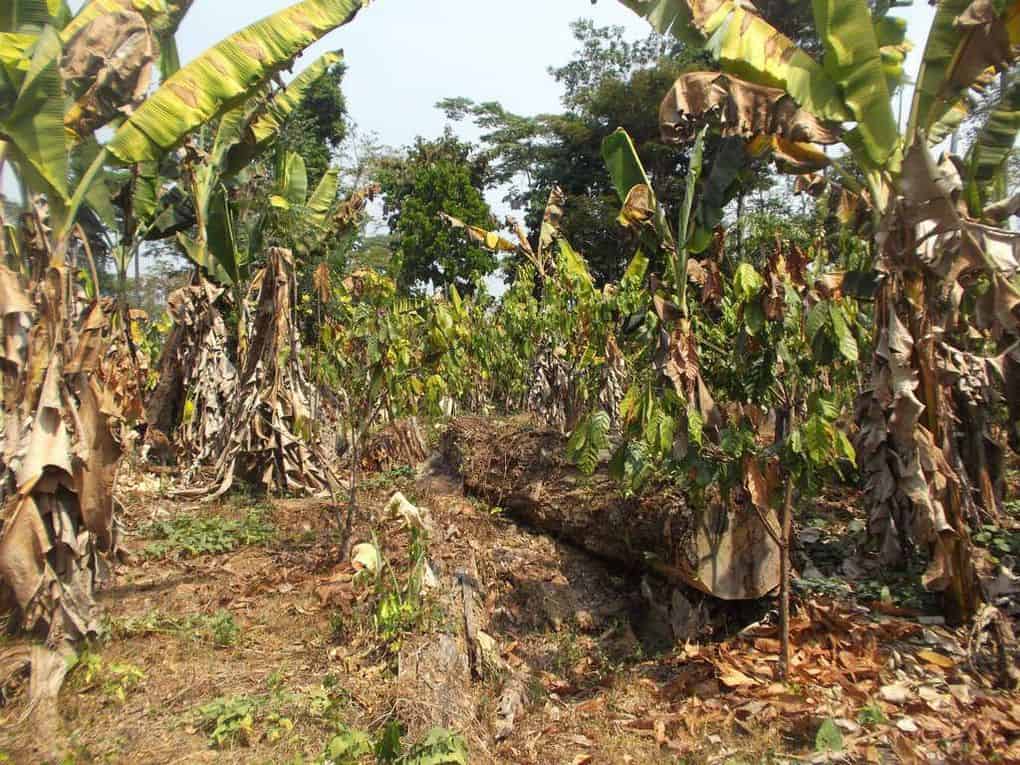Be the first to read new publications, subscribe to our Newsletter
The dangers of global warming and climate change for cocoa farming and chocolate production
Heat ahead

Global warming and climate change endanger cocoa cultivation and chocolate production
Recently, dry season temperatures have peaked to levels not seen before and have become as problematic for cocoa farmers as the lack of water or new diseases.
The regions that are clearly most vulnerable to global warming are all located in West Africa, mainly in Côte d'Ivoire and Ghana, the two countries that currently account for almost 60% of global cocoa production... We can therefore legitimately assert that the global cocoa production is on the verge of a major upheaval.
But it is also becoming increasingly clear that there are major disparities between the different regions of the world in terms of their vulnerability to these changes. There are even certain regions previously considered unsuitable for cocoa production that are becoming new Eldorados.
 If we look more closely at the effects of these extreme temperatures, we see a pattern emerge that is always the same: the tops of the cocoa trees dry out, burnt by the sun, the trees no longer grow normally, they blossom at times that are difficult to predict and therefore yield much less (either before or after the usual harvest season). Given that the fruit (pods) should mature during the wet season, they often rot on the trees and new diseases deform those that survive.
If we look more closely at the effects of these extreme temperatures, we see a pattern emerge that is always the same: the tops of the cocoa trees dry out, burnt by the sun, the trees no longer grow normally, they blossom at times that are difficult to predict and therefore yield much less (either before or after the usual harvest season). Given that the fruit (pods) should mature during the wet season, they often rot on the trees and new diseases deform those that survive.
As a result, an increasing amount of cocoa trees are lost, the production area and thus the cocoa production per plot decreases, with dramatic consequences for the farmers who suffer the consequences of this vicious circle, spiraling downwards:
- They have no alternative but to plant more and more cocoa trees in the hope of yielding stable harvest volumes.
- They are therefore deforesting more and more in previously virgin areas.
- The problem is worsening every year, because the only antidotes against increasingly extreme temperatures are the forests, and they are being destroyed relentlessly.
There is a serious humanitarian drama in the making for those who live off the land as their revenues dwindle year after year, and an enormous environmental challenge in the regions which are starting out in this field and must avoid making the same mistakes.
Fortunately there are alternatives, the challenge being to train millions of local farmers which can only be done in fair and short production chains with the support of local stakeholders. At the end of the line, it’s the consumer who has to agree to buy from committed distributors and pay the price for the chocolate they love so much and want to enjoy in the future.


